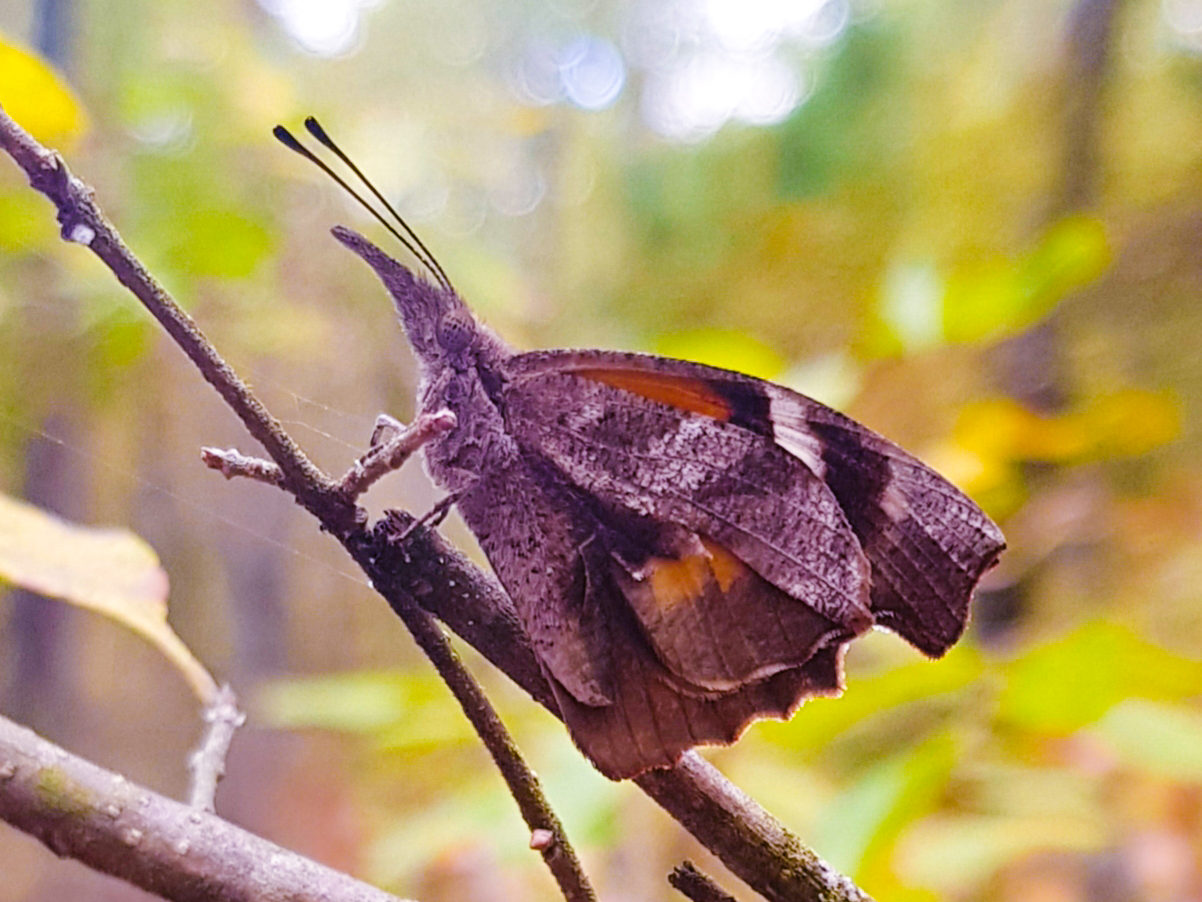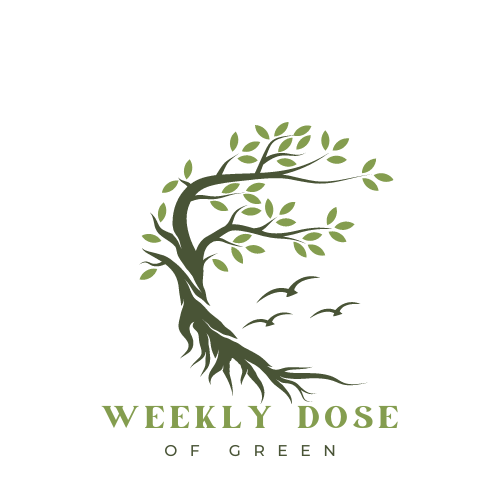Did you know that preserving and cultivating natural habitats is not just for those with advanced biology degrees in large organizations? Sure, they make a phenomenal difference of course! But the truth is they can’t do it all alone, even with every non-profit and government organization doing their best. With the way our environment is struggling, you and I have to help too.
Maybe you are already doing a lot, and I would love to hear your ideas. Or maybe you are wondering how this might apply to you with where you live? I recognize that not everyone has a yard or even a balcony. If you live in an apartment, you might only have a window sill and a strong dedication to recycling. That’s perfectly okay, and it does make a difference. You can even grow some of your own food indoors now, greatly reducing food waste.
If you have a balcony or a yard, you may be able to grow beneficial plants that help the ecosystem. While I love houseplants as much as anyone else, I am talking about native plants that provide food for birds and insects. You may even be able to grow these native plants in pots on a balcony. These are plants that may have been uprooted to pave the way for businesses and parking lots. However, they play a very important role in the ecosystem.
But why can’t we just rely on nature preserves? The truth is that wherever we can, we need to get growing and reduce mowing. With so many manicured lawns and large parking lots, nature has been pushed out to a large degree. Large nature preserves are wonderful places that must continue, but nature is going to need to share some of these spaces with us too. If we really want to keep our planet’s beauty and save animals, we may have need to offset habitat destruction in small ways by providing habitats. We’ll need to get back to our roots.

I invite you to join me on this mission. My backyard habitat blog posts will be dedicated to ecosystem restoration that we can all lend a hand in. We will also discuss how you can preserve existing habitat for wild birds and other wildlife. These posts will appear on the Weekly Dose of Green Blog, and they will be the main type of articles you’ll see on the blog.
